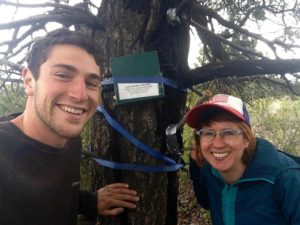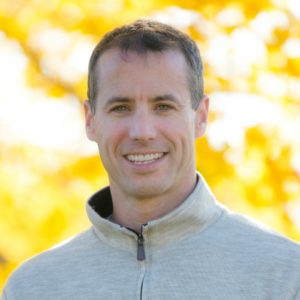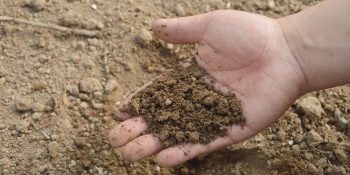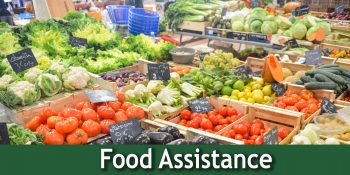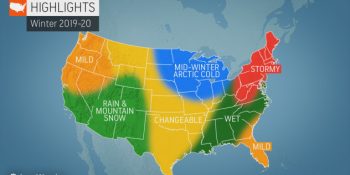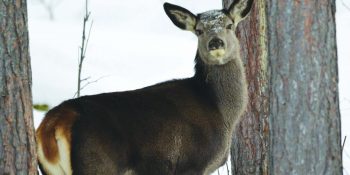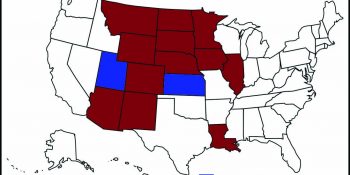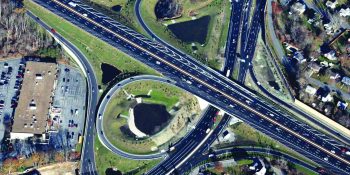Washington, D.C. – The U.S. House of Representatives passed Senator Cory Gardner’s (R-CO) SAFE Banking Act today 321–103, in a historic vote on federal cannabis policy. Gardner has led the charge in the Senate with Senator Jeff Merkley (D-OR) to ensure legal cannabis businesses can access banking services.
“Today Congress began to take its head out of the sand and recognize that states are moving forward with their own cannabis policies and the federal government is holding them back,” said Senator Gardner. “The conflicting federal and state marijuana laws make it difficult for legitimate businesses to use basic financial services, and this bipartisan legislation gets Washington out of the way and gives them the access they need to do business and pay taxes. Today’s historic action in the people’s House adds to the momentum the SAFE Banking Act gained following the Banking Committee’s hearing in July. The Senate should move forward with the SAFE Banking Act and deliver it to the President for his signature.”
In July, Senator Gardner testified at the first Senate Banking hearing on cannabis challenges, urging passage of the SAFE Banking Act and the Strengthening the Tenth Amendment Through Entrusting States (STATES) Act.
“Forcing businesses to operate in cash is an invitation to crime, money laundering, and robbery. Whether you’re for or against legal cannabis, we can all agree that we want our communities to be safe from fraud and crime,” said Senator Merkley. “Today we saw overwhelming support in the U.S. House of Representatives to pass the SAFE Banking Act and get this common-sense fix into law. Now it’s time for the Senate to act. While we continue to work to address broader issues related to the harmful legacy of cannabis prohibition across the country, I am hopeful that we can get the SAFE Banking Act moving quickly through committee, to the Senate floor, and ultimately, to the President’s desk.”
“Allowing lawful cannabis companies to access commercial banking services and end their reliance on cash will greatly improve public safety, increase transparency, and promote regulatory compliance. CTF commends Senator Gardner for his leadership on the SAFE Banking Act, and we urge his colleagues to join him in supporting this legislative solution to the cannabis banking problem,” said Neal Levine, CEO of the Cannabis Trade Federation.
“As financial services providers serving over 1 million members in Colorado, credit unions play a central role in our communities by fulfilling banking needs that may not be otherwise available,” said Scott Earl, President of the Mountain West Credit Union Association. “The SAFE Banking Act is an important step toward providing the certainty we need as financial services providers to serve the growing recreational cannabis industry and protect our members, as well as the taxpayers of Colorado.”
“SAFE is commonsense reform that helps everybody. Whether you are a legal cannabis company struggling to pay taxes in cash or you are an ordinary small business in a legal cannabis community, you need banking and financial services. SAFE will make a strong contribution to the economy and make our communities more secure,” said National Cannabis Roundtable Chairman Kevin Murphy.
“We are delighted the House has passed the SAFE Act since it provides clarity and certainty in cannabis banking to help resolve the public safety problem of excessive tempting cash on the streets, enables governments to effectively tax and regulate cannabis businesses and gives banks flexibility to bank these state legal businesses,” said Don Childears, President of the Colorado Banking Association.
The SAFE Banking Act would prevent federal banking regulators from:
- Prohibiting, penalizing or discouraging a bank from providing financial services to a legitimate state-sanctioned and regulated cannabis business, or an associated business (such as an lawyer or landlord providing services to a legal cannabis business);
- Terminating or limiting a bank’s federal deposit insurance solely because the bank is providing services to a state-sanctioned cannabis business or associated business;
- Recommending or incentivizing a bank to halt or downgrade providing any kind of banking services to these businesses.
The bill also creates a safe harbor from criminal prosecution and liability and asset forfeiture for banks and their officers and employees who provide financial services to legitimate, state-sanctioned cannabis businesses, while maintaining banks’ right to choose not to offer those services.
The bill would require banks to comply with current Financial Crimes Enforcement Network (FinCEN) guidance, while at the same time allowing FinCEN guidance to be streamlined over time as states and the federal government adapt to legalized medicinal and recreational cannabis policies.
The SAFE Banking Act has the support of bipartisan groups of state governors, attorneys general, treasurers, and banking regulators. It is supported by the state banking association in every state in the country as well as the American Bankers Association (ABA), Americans for Tax Reform, Credit Union National Association (CUNA), Independent Community Bankers of America (ICBA), the National Association of Attorneys General (NAAG), Law Enforcement Action Partnership (LEAP), the Electronic Transactions Association (ETA), the Cannabis Trade Federation (CTF), the National Cannabis Roundtable, the National Cannabis Industry Association (NCIA), Mid-Size Bank Coalition of America (MBCA), The Real Estate Roundtable, the National Association of Realtors, and various U.S. trade associations such as the American Land Title Association (ALTA), American Property Casualty Insurance Association (APCIA) and the Reinsurance Association of America (RAA), among others.
SPREAD THE NEWS
COMMENT, Like, Follow & SHARE @I70Scout
CURRENT EDITION
WEATHER & TRAFFIC PUZZLES RECENT NEWS ADVERTISE WITH US

